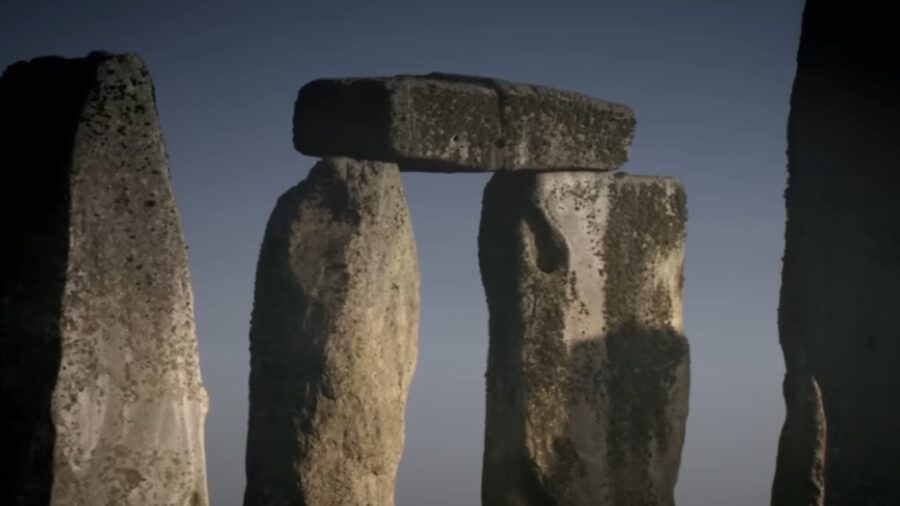Stonehenge Origin Story Gets Even Stranger

There’s a mystery surrounding the origin of the altar stone at Stonehenge after it was first discovered that the huge rock was transported hundreds of miles. Then, it was recently discovered that the stone wasn’t from Orkney, Scotland. Baffling geologists and cultural anthropologists alike, the place of origin for the massive altar stone is yet unknown, furthering the mystery of Stonehenge.
Key markers in the stone match neither the surrounding geology nor that of Orkney, but the source of the rock hasn’t yet been identified.
Competing Theories

The shakeup in our understanding of Stonehenge began when Australian geologists published findings in Nature, revealing that the altar stone for the Stonehenge site originated somewhere in Northern Scotland. Once this revelation came to light, it was assumed that the stone came from the Orkney Islands, with a culture that is known for its practice of monument building. A new study, however, has debunked this theory, showing that the rock couldn’t have come from Orkney either.
Compared Stones To Other Historical Sites

The way that researchers identified that the altar rock was not, in fact, from Orkney was by evaluating the chemical and mineralogical composition of the altar stone as compared to stones from the Ring of Brodgar and the Stones of Stenness, two monument stone circles in Orkney.
They also compared the stone from Stonehenge to field samples from the Orkney Islands. Surprisingly, none of the samples matched the markers from the altar stone at Stonehenge, further deepening the mystery of its origin.
Using Technology To Solve An Ancient Mystery

The geologists, some of whom were the same ones from the previous study that called out the origin of the altar stone from Stonehenge as having been somewhere in Scotland, used a portable X-ray to analyze the samples. This method allows scientists to observe some of the mineral content in the rock without needing to disturb the site or remove samples to be analyzed in a lab. They also used a TESCAN mineral analyzer as well as a conventional microscope to view and evaluate the samples.
Missing A Key Mineral

The new study, published in the Journal of Archeological Science, shows that the makeup of the monolith from Stonehenge is different from the stones in Orkney, which was recently thought to be the origin of the altar stone.
The type of rock that is available in the Orkney Islands, termed by geologists as Old Red Sandstone (ORS), isn’t consistent with the rock in the monolith stone at Stonehenge, the study suggests. The monolith stone from Stonehenge also has lower levels of K-Feldspar, an abundant mineral in Orkney, demonstrating that the stone didn’t come from the area.
The Mystery Of Stonehenge Continues

The new findings about the origin of the Stonehenge altar stone shed new light on societies in ancient Britain. While there’s ample anthropological evidence of social organization in the Orkney islands in the form of massive stone circles and monuments, there are fewer remains of similar sites in other locations.
The revelation that the monolith from Stonehenge didn’t originate nearby and also didn’t come from Orkney means that there must have been travel between Stonehenge and other places not yet recognized as historic sites and that communication across long distances must have occurred.












